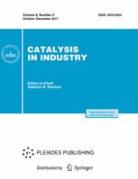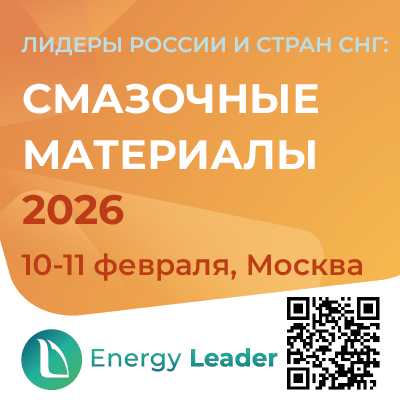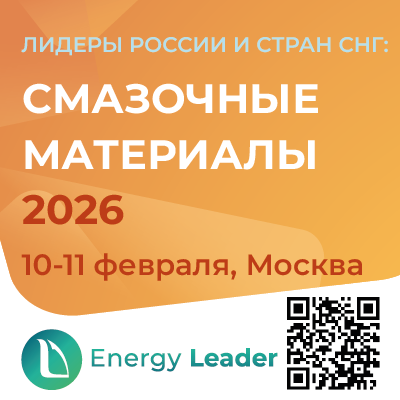Oxidation of Methanol to Formaldehyde in Microchannel Reactors: Prospects and Limitations
https://doi.org/10.18412/1816-0387-2016-2-11-16
Abstract
Experimental studies of specific features of high-exothermic selective oxidation in a monolith microchannel reactor (MCR) were carried out with oxidation of methanol to formaldehyde over a Fe-Mo catalyst as an example. The intensive heat withdrawal from the reaction zone, a higher concentration of methanol (up to 12–12,5 %), fine catalyst particles (less than 0,25 mm in size) make it possible to intensify considerably the process and to increase the yield of the target product per catalyst unit volume to as large as 7–12 times of that in tube reactors. The temperature conditions in MCR are close to the theoretically optimal regime for this process family and provide a high selectivity to formaldehyde. While the activity of the Fe-Mo catalyst decreases in MCR, the problem of the catalyst stability should be solved in estimating potentials of MCR in this process. If catalytic processes in MCR can be intensified without noticeable decrease in the catalyst activity, the application of MCR will be rather promising and technologically useful.
About the Authors
V. A. ChumachenkoRussian Federation
E. V. Ovchinnikova
Russian Federation
A. G. Gribovskii
Russian Federation
L. L. Makarshin
Russian Federation
References
1. Бунев В.А., Тюльпанов Р.С. // Физика горения и взрыва. 1966. № 4. С. 136—139.
2. Огородников С.К. Формальдегид. Л.: Химия, 1984. 280 с.
3. Бибин В.Н., Попов Б.И. // Кинетика и катализ. 1969. № 10. С. 1326—1335.
4. Popov T.S., Popov B.I., Bibin V.N., Bliznakov G.M., Boreskov G.K. // Reaction Kinetics and Catalysis Letters, 3 (1975) 169-175.
5. Попов Б.И., Бибин В.Н., Боресков Г.К. // Кинетика и катализ. 1976. № 17. Вып. 2. С. 371—377.
6. Kolb G., Hessel V. // Chem. Eng. J., 98 (2004) 1-38.
7. Ehrfeld W., Hessel V., Löwe H. Microreactors — New Technology for Modern Chemistry, Wiley-VCH, Weinheim (2000).
8. Макаршин Л.Л., Пай З.П., Пармон В.Н. // Успехи химии. 2016. Т 85. № 2 . С. 139—155.
9. Gribovskiy A., Makarshin L., Andreev D., Klenov O., Parmon V. // Chem. Eng. J., 231 (2013) 497-501.
10. Gribovskiy A., Makarshin L., Andreev D., Klenov O., Parmon V. // Chem. Eng. J., 273 (2015) 130-137.
11. Klenov O., Makarshin L., Gribovsky A., Andreev D., Parmon V. // Chem. Eng. J., In press. DOI: 10.1016/j.cej.2015.04.006.
12. Овчинникова Е.В., Чумаченко В.А., Валуйских Н.Н. // Катализ в промышленности. 2013. № 4. С. 51—67.
13. Diasa A.P.S., Montemor F., Portela M.F., Kiennemann A. // J. Molec. Catal. 397 (2015) 93-98.
14. Jin G., Weng W., Lin Z., Dummer N., Taylor S., Kiely C., Bartley J., Hutchings G. // J. Catal. 296 (2012) 55-64.
15. Routray K., Zhou W., Kiely C., Grünert W., Wachs I. // J. Catal. 275 (2010) 84-98.
Review
For citations:
Chumachenko V.A., Ovchinnikova E.V., Gribovskii A.G., Makarshin L.L. Oxidation of Methanol to Formaldehyde in Microchannel Reactors: Prospects and Limitations. Kataliz v promyshlennosti. 2016;16(2):11-16. (In Russ.) https://doi.org/10.18412/1816-0387-2016-2-11-16



























